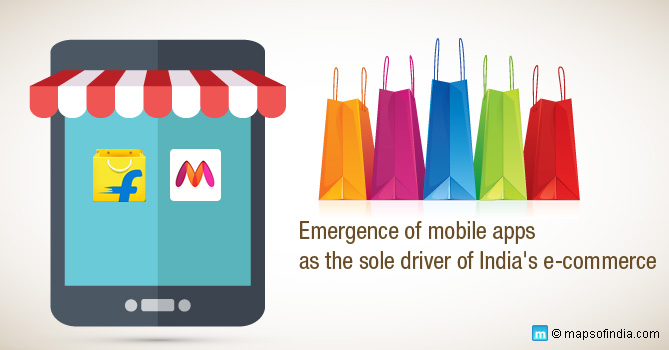About Image: The e-commerce companies is that by avoiding search platforms like ‘Google’, they can retain all information and data without the competitor getting access to this. This is another reason companies like Myntra and Flipkart have switched their entire business model to an ‘app-only’ one.
Can India’s e-commerce industry survive with app-only? Are Mobile Apps Future of Ecommerce in India

